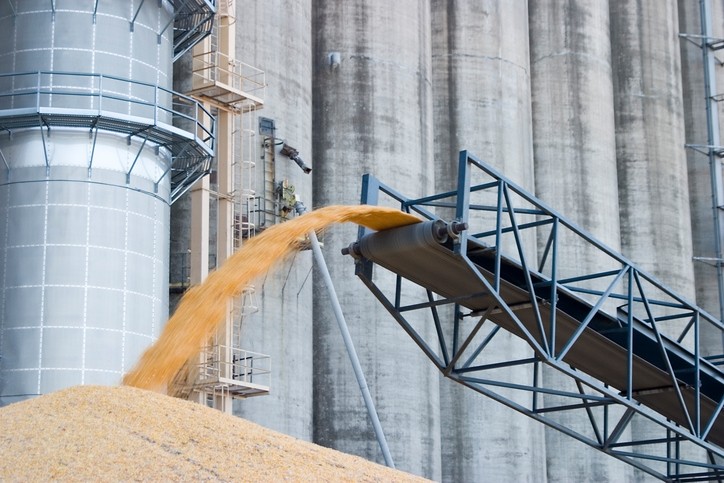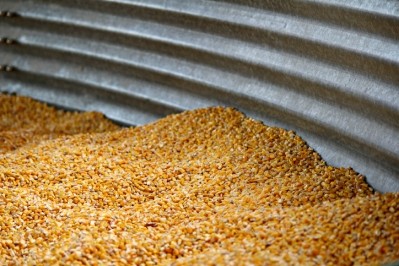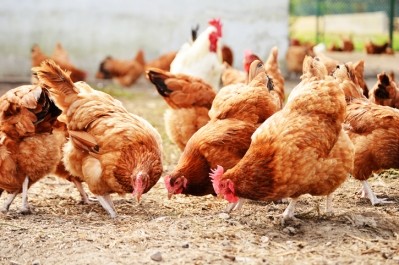Feed and grain generated grain dust explosions killed five in 2017

Feed and grains continue to generate risk for employees in the feed and grain-handling industries, although 2017 saw a comparatively low number of incidents said Kingsly Ambrose, assistant professor in the department of agricultural and biological engineering at Purdue University.
He recently released a draft report looking at incidents that took place during the year.
“Comparatively, the number of incidents was low in 2017,” he told FeedNavigator. “But, until we bring down this number to zero, the danger remains. Though we have engineering controls, sensors and suppression systems, [it is] alarming to see the number of fatalities and injuries from these incidents.”
In 2017, there were five deaths linked to grain dust explosions, up from three in 2016, he said in his report. However, all the deaths and many of the injuries stemmed from the same incident in Wisconsin.
One goal of releasing the annual report is to push for additional industry training, he said. “Continued training and awareness creation is important to reduce the number of incidents,” he added.
Report details
In 2017, there were seven grain dust explosions reported for the industry in the US, according to the report. In 2016, there were five explosions, and the 10-year average is 9.3.
In the last five years, there were a reported seven explosions in 2013 and 2014, eight in 2015 and 10 in 2012, Ambrose said in the report.
Last year, there was a regional diversity to where the grain dust explosions happened, he said in the report. In 2017 six states – Wisconsin, Iowa, Indiana, Nebraska, Oregon and Minnesota – each had at least one incident.
Since 1958 Iowa, Illinois, Nebraska, Minnesota and Kansas have all had more than 50 dust related explosions – 92, 81, 79, 62, 56 respectively, according to the report. In the last decade, those states had 11, 12, 7, 8 and 4, respectively.
Information on the grain dust explosions is gathered, so there is always a possibility that some incidents have been missed, said Ambrose. “These information are collected from the published reports, news articles and news alerts,” he added.
“There may be some incidents, such as minor explosions, [that] never get reported,” he said. “Collecting unreported incidents are challenging. That’s why we name this as a ‘draft report’ because there may have been minor incidents that are not covered in this report.”
Although all feed grains carry some ability to generate dust, corn may be the most concerning, he said. Following corn, the second commodity most prone to grain dust explosions in the last 10 years was mixed feed, according to the report.
“All the grains carry some quantity of dust – these dust separate from the grain surface during handling and transporting,” he said. “Usually corn carries a larger amount of dust compared to other grains.”
The facilities where the incidents happened include grain elevators, feed mills, flour mills and corn-milling sites – the worst year for feed mills was 2015 in which four had grain dust related explosions.
Last year, one explosion happened in a grain mill, five in grain elevators and one took place in a pet food plant, he said in the report.
“Handling, transporting and processing grains generate dust,” said Ambrose. “During off-season like late-spring and late-fall, when the amount of grains handled are low, the incidents are less likely to occur.”
The months least likely to see a grain-dust explosion are May and November, according to the report.
“During harvest season and when we prepare for the next harvest, the number of incidents are usually high,” said Ambrose. “That saying, none of the season is risk-free.”
There are five factors that contribute to the potential for a feed or feed grain dust-related explosion, he said. “We call that as a grain dust explosion pentagon,” he added.
“Presence of fuel (grain dust), ignition source, confined space, oxygen, and dispersed dust will cause an explosion,” he said. “If we remove one factor, most probably we could avoid an explosion.”
“The easiest factor will be the ignition source,” he added. “In general, if we keep the facility clean and equipment in good working condition (equipment maintenance), we could avoid most explosion incidents – so, continued training of workers and awareness creation is important to avoid explosions.”












